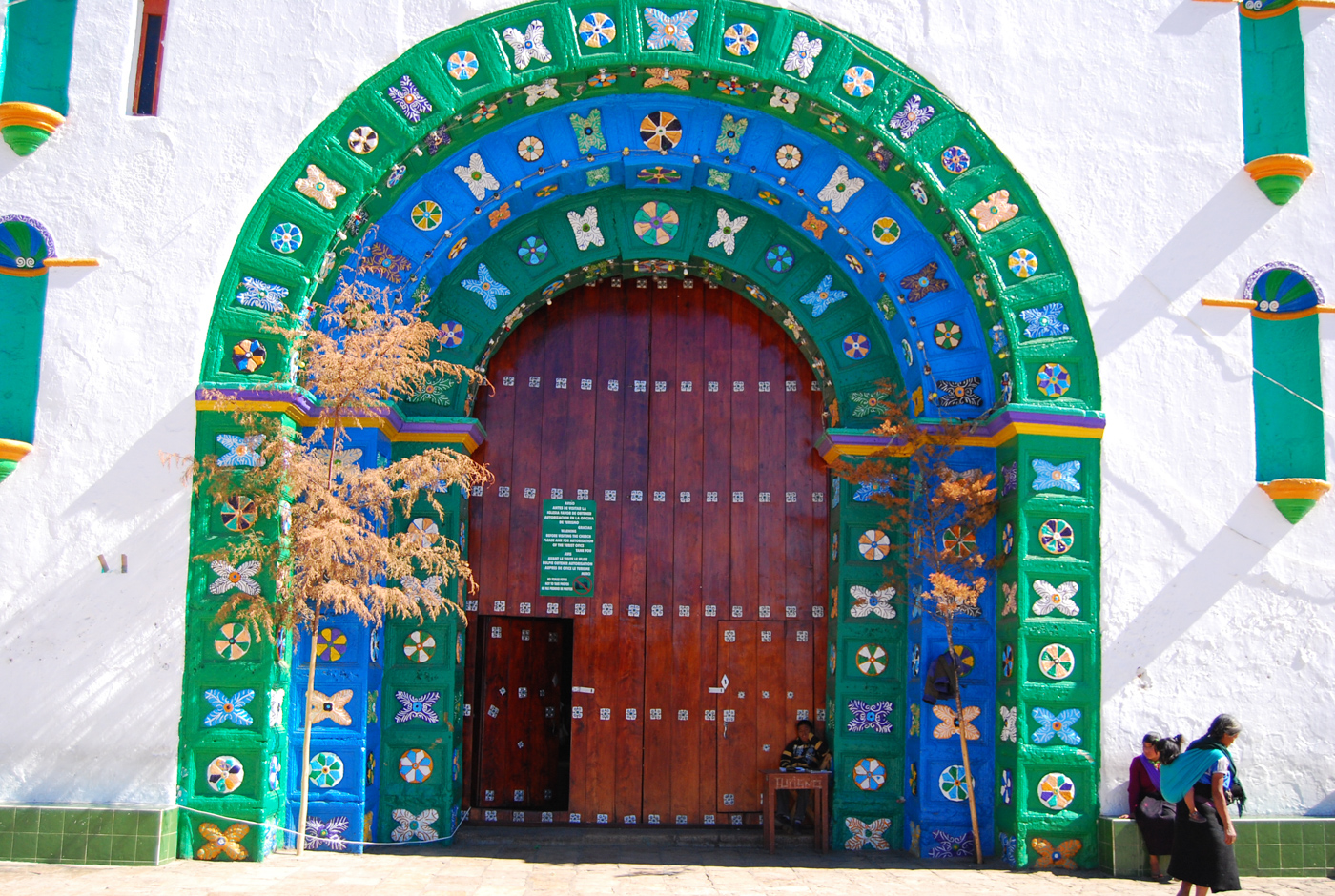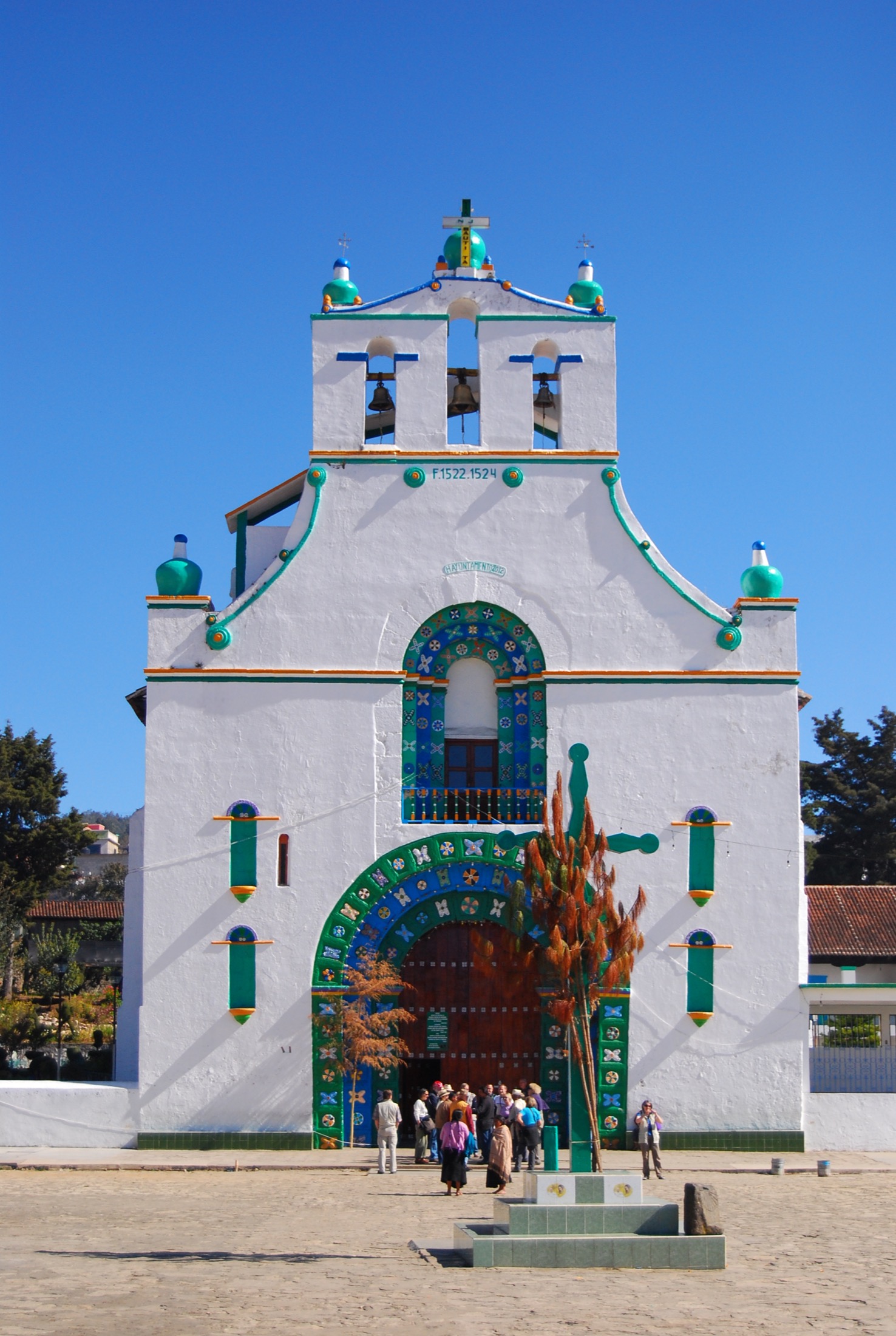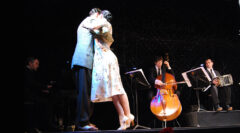
When I first entered the church of San Juan Chamula in Chiapas, my first thought was for those early missionaries of the XVI century, so full of religious zeal and conviction of its infallibility. I would have paid good money to see their faces... but then I would have probably felt rather sorry.
This church is a one-of-a-kind experience which you have to see to believe.

Where is San Juan Chamula?
San Juan Chamula is a small town located about 10km northwest of San Cristóbal de las Casas and is home to a fiercely independent Tzotzil community – one of the largest indigenous groups in Chiapas, making up roughly one third of the state’s indigenous population. It is also completely autonomous, with its own authorities and police force; the Federal Government doesn’t venture here – a brief foray into history will tell you why, but you might not need to go any further than the 1990s. Remember the Zapatistas?
What is the religious history of San Juan Chamula?
This in itself would make San Juan unique, but it’s just a little morsel. The star of the show is that church, the famous Cathedral San Juan Bautista. Officially Catholic, it is small and colourfully decorated on the outside, like many others in Mexico, but the fun begins when you enter. You pay your fee and are strongly advised not to take pictures.
In fact, better to hide your camera, put it back in the case, leave it somewhere, it doesn’t matter. If you’re caught taking pictures, you could be manhandled out of the church, thrown into jail, or your camera might be confiscated and the memory card destroyed. You might get away with just deleting the picture in front of them. It’s not clear and there are plenty of stories on the Net about this, some scarier than others. The moral of the story is simple: just don’t take pictures.
Once this message is clear, you make your grand entrance, which will be rather muffled as the floor is covered with pine needles. And the oddities begin: the light of thousands of candles might hit you first - rows and rows of them, on the floors, on the tables, on improvised altars... – creating an eerily illuminated but smoky atmosphere.
Once your eyes have adjusted to the light, you will notice that there are no pews and no altar. It’s a big space, which would be empty if it wasn’t for the hundreds of people sitting on the floor or kneeling in front of saints, which you might think were Catholic, except they’re not and you can’t quite put your finger on it. Looking closely, you start realising that this is a different kind of worship, a syncretised sort of religion, neither here nor there which would send your mind reeling if tried to understand it.

Rituals of San Juan Chamula
One ritual involves a live chicken, plenty of Coca-Cola and a local alcoholic drink called pox, made from sugar-cane. This ceremony usually takes place when a group of local people ask a curandero (healer) for help regarding health and other problems. They sit in small groups on the floor with all the necessary ingredients and the curandero makes his or her way to them, takes the chicken and rubs it against the afflicted person.
Every now and then the curandero checks the person’s pulse until it is determined, somehow, that the problem they are praying about has been transferred to the soul of the chicken. And then… he proceeds to kill the animal by wringing its neck. Problem solved. Finally, the newly ‘freed’ individual or individuals take a giant shot of pox and a long swig of Coca-Cola until they begin to burp, which they believe will fully cleanse them of whatever evil had been haunting them. The session thus ended, they happily head back outside.
So think about the missionaries. Would you feel sorry for them? I’m sure they did their best, but deeply engrained beliefs cannot be easily eradicated with an abstract threat of eternal hell and so here’s the result – the tzotzil interpretation of worship, which, even littered with discarded tins of Coca–Cola, is as valid as any other.
What happens to the carcass of the chicken, though, is anyone’s guess…
Tailor-made holidays
Flexible, custom-made holidays to Latin America created to match your exact requirements: our tailor-made itineraries are as unique as the clients for whom they are designed.
Design my tripPapagaio
Your edit for Latin American inspiration
Our exciting range of articles on Latin America explore everything from iconic destinations and lesser-known cultural gems to delicious traditional recipes. You’ll also find exclusive travel tips, first-hand client reviews and the chance to get your personal questions answered by our travel experts.
View Extraordinary Inspiration






































